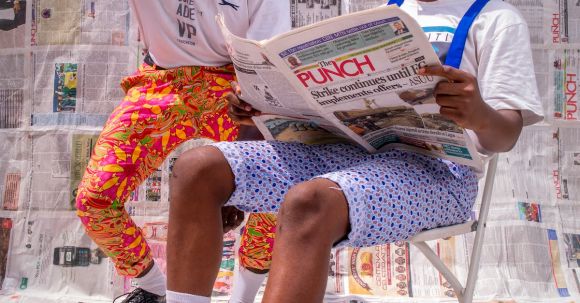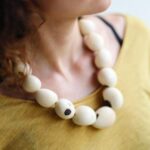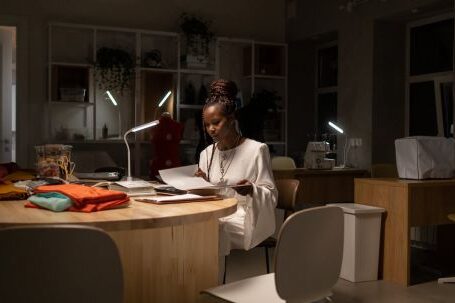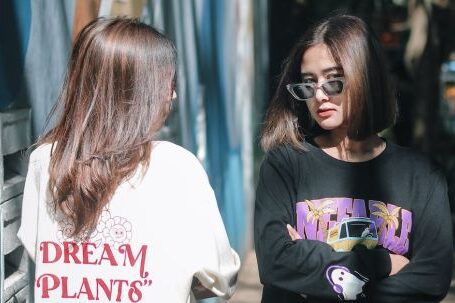When it comes to fashion and personal style, one cannot underestimate the power of color coordination. It is a skill that can instantly elevate any outfit, giving it a touch of professionalism and sophistication. Whether you are dressing for a formal event or simply heading to the office, understanding how to effectively match colors can make all the difference in creating a polished and put-together look.
The first rule of color coordination is to understand the basic color wheel. This tool is a guide that helps us understand how colors relate to one another and how they can be harmoniously combined. The color wheel consists of primary colors, secondary colors, and tertiary colors. Primary colors, like red, blue, and yellow, are the building blocks of all other colors. Secondary colors, such as orange, green, and purple, are created by mixing primary colors. Tertiary colors are the result of mixing primary and secondary colors.
Once you have a grasp of the color wheel, you can start experimenting with different color combinations. One classic combination is the complementary colors, which are located opposite each other on the color wheel. For example, pairing a rich purple blouse with a golden yellow skirt creates a striking and eye-catching look. Similarly, a navy blue suit can be beautifully complemented by a crisp white shirt. Complementary colors create a sense of balance and harmony, making them perfect for formal occasions or when you want to make a statement.
If you prefer a more subtle approach, analogous colors might be your go-to choice. Analogous colors are located next to each other on the color wheel and create a harmonious and cohesive look. For instance, combining different shades of blue, such as navy, sky blue, and turquoise, can result in a sophisticated and calming outfit. Analogous colors work well for everyday wear and are ideal for creating a polished and coordinated ensemble.
Another technique to consider is the use of monochromatic colors. Monochromatic outfits consist of different shades and tones of a single color. This creates a sleek and streamlined look that exudes elegance and sophistication. For example, pairing a light pink blouse with a darker pink skirt and accessorizing with rose gold jewelry can create a stunning monochromatic ensemble. Monochromatic colors are perfect for professional settings or when you want to create a refined and timeless look.
When it comes to color coordination, it’s important to also consider the concept of warm and cool colors. Warm colors, such as reds, oranges, and yellows, create a sense of energy and vibrancy. Cool colors, on the other hand, like blues, greens, and purples, evoke a sense of calmness and tranquility. Understanding these distinctions can help you create the desired mood and atmosphere with your outfit. For example, pairing a warm red dress with gold accessories can create a bold and confident look, while combining cool blues and greens can result in a serene and tranquil vibe.
In conclusion, color coordination is the secret weapon of professional styling. By understanding the color wheel and experimenting with different color combinations, you can create outfits that are polished, sophisticated, and visually appealing. Whether you opt for complementary colors, analogous colors, or a monochromatic look, remember to also consider the warmth and coolness of the colors you choose. With a little practice and experimentation, you’ll be able to master the art of color coordination and effortlessly elevate your personal style.





